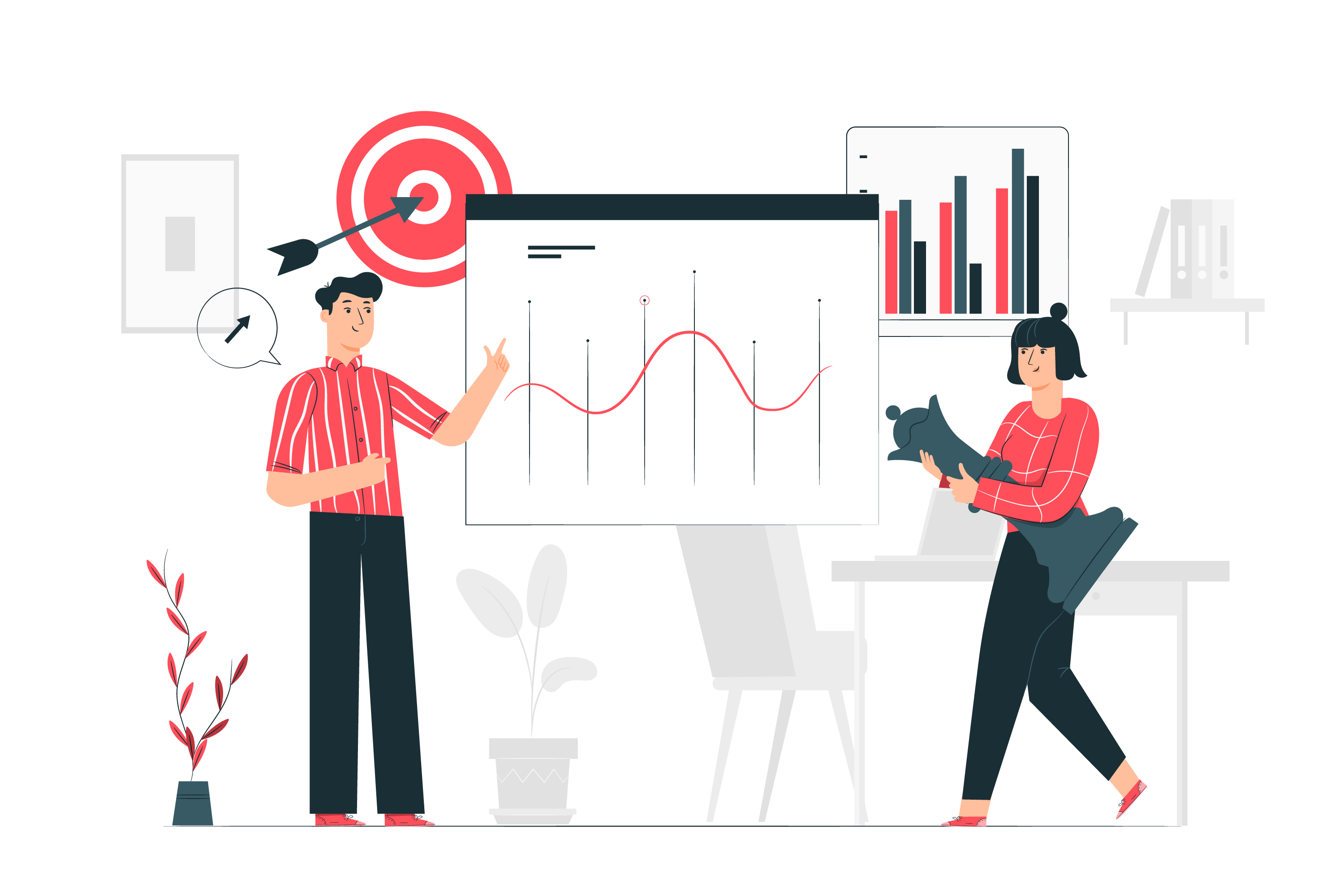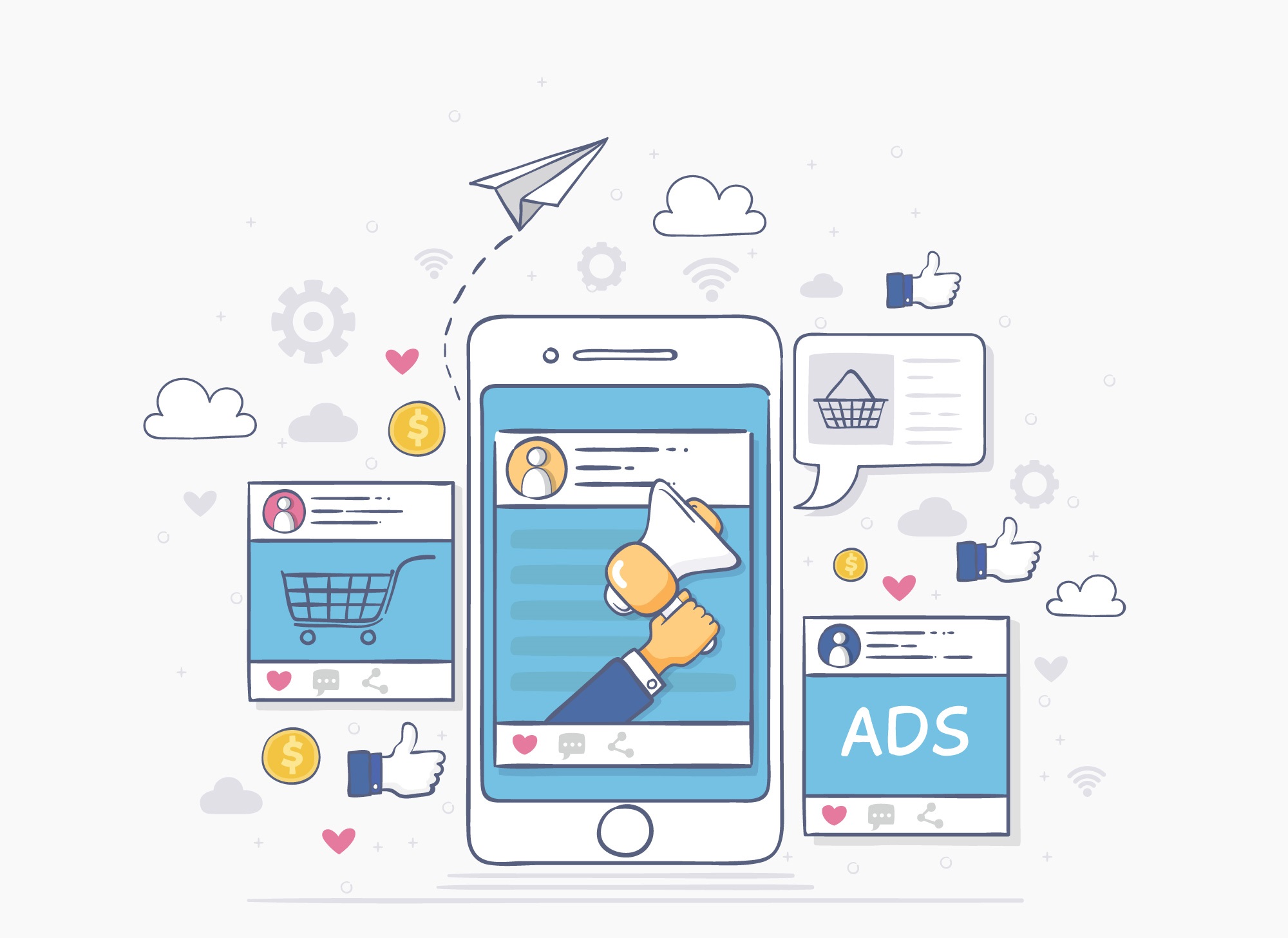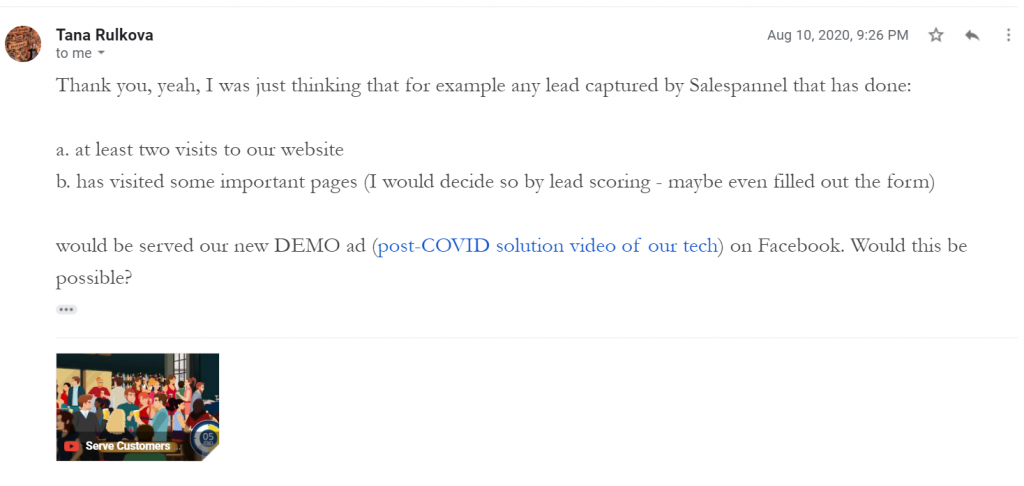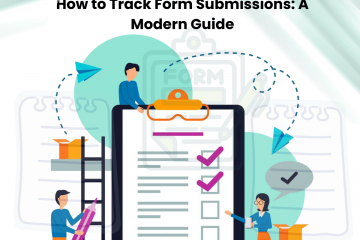[Marketing Handbook] Unfair ROI Advantage for Proactive Marketers with Visitor Intelligence
Marketers of the digital age have started to utilize data to up their marketing game. But, are all of them proactive marketers? Can data be leveraged to make real-time decisions that significantly affect the marketing outcome?
Proactive marketing is a system where marketers analyze data and take quick decisions to orchestrate predictable outcomes. On the contrary, reactive marketers would run their campaigns and then analyze the outcome to find out what worked and what did not. This strategy only helps you control the future but does not help you change what you have right now. Let’s take an example: You ran an advertising campaign. The campaign ends and you check the results and find out 95% of people didn’t complete signup. You can only then make adjustments to improve the performance of your future campaigns. Nothing can be done for the people who dropped off.

In a simple proactive strategy, marketers would track campaigns live and make changes accordingly. For example, they can A/B landing page elements. Or, they can change targeting on the go based on visitor data. Proactive marketers would constantly optimize the funnel to improve returns. This is the basic premise and has been covered in several articles across the internet. Now, let’s move to the next level.
Let’s start with analytics and tracking. Google Analytics is a really helpful marketing software. Proactive marketers working for B2B businesses however need more actionable data and control over their analytics. We have covered this topic extensively in this article. B2B marketers need analytics on an individual level and as I mentioned before, the information should be proactively actionable. When a visitor lands on your website, Salespanel immediately starts tracking them. Marketers can find the visitor’s activity log, visit journey, company data, and also individual data when a sign up happens. Now, all of this information can be used to tie the visitor with your target customer profile setup and/or your lead qualification setup.
There are two sides to this coin: pre-engagement and post-engagement. Pre-engagement will be when the visitor is still active on your website. What can you do when this happens? Simple, you can use visitor qualification on Salespanel to profile visitors and show relevant content. For example, if a visitor is identified to be from a large company, you can show them Enterprise material, use cases, testimonials, etc. Or, if a visitor is determined to be of high value based on preset conditions or quality score, you can take them through priority booking while other visitors go through your regular onboarding process. You can actually show relevant testimonials, case studies, etc. based on Industry, Company Size, or Activity. This will help you create a more dynamic and meaningful funnel and improve your conversion rates.
Now, coming to the post-engagement side. Many of your visitors come to your website and leave without signing up. What do you do? These opportunities are lost. In a reactive marketing approach, you would have no choice but to write them off. The best you could do is run a broad retargeting campaign. There are a few problems with this:
– You end up showing ads to bad traffic or unqualified traffic.
– You show the same ads to different customer profiles and can’t really capture the visitor’s attention.

While this strategy can help you gain some interest back, it is not the best thing you, as a proactive marketer, can do. To take your retargeting game to the next level, it is important to really connect with your audience and also focus your budget on actual qualified visitors. This is where Salespanel’s visitor intelligence comes in. It helps you set up workflows to automatically analyze dropped traffic and find genuine prospects among them and retarget them with personalized content based on their company profile and behavioral data.
Different proactive marketers can utilize these functions differently. When we pitched this idea to Tana Rulkova, senior marketing manager of PourMyBeer (who also teaches advertising in Bellevue College, Washington), this is how she thought she would utilize it:

Pretty cool! It proves that you do not need to think of anything extravagant or complex. Great ideas are often simple. Tana is great by the way and you can also check out her interview where she talks about how PourMyBeer adapted to the pandemic while being in the hospitality industry.
Proactive marketing is not limited to enhancing the experience of users who have not signed up. It can also be applied to your signed up leads or even customers for retention and engagement. When a visitor signs up, you get more data at your disposal that can be used for qualification and personalization. B2B sales cycles are long and personalizing lead experience to hook them to your product/service can boost your conversation rates. Salespanel even lets you take CRM data into account. So, you can take the deal stage, deal value, and sales data into consideration and engage accordingly.
Even for converted customers, Salespanel’s data intelligence and lead qualification system helps you notice customers who are about to churn and re-engage them on any scale. This is especially useful if customers need to visit your website for using your product/services (eg: SAAS). SAAS companies can also use product usage tracking to serve content relevant to product features and upsell upgrades.
While many marketing teams follow old-school reactive marketing, the number of proactive marketers have risen rapidly thanks to the data-driven approach of the digital age. Many use a combination of both and try to get the best of both worlds. If you are a proactive marketer, it is time to take it to the next level using Salespanel.
Sell more, understand your customers’ journey for free!
Sales and Marketing teams spend millions of dollars to bring visitors to your website. But do you track your customer’s journey? Do you know who buys and why?
Around 8% of your website traffic will sign up on your lead forms. What happens to the other 92% of your traffic? Can you identify your visiting accounts? Can you engage and retarget your qualified visitors even if they are not identified?
- [Marketing Handbook] Campaign Monitoring and B2B Advertising
- [Marketing Handbook] Unfair ROI Advantage for Proactive Marketers with Visitor Intelligence
- [Marketing Handbook] Automate the SAAS Buying Process in a Freemium Model and Push The Right Customers for Upgrades
- Avoid Getting Locked Into Any Product’s Ecosystem And Create the Best Customer Acquisition System With Pluggable Economics


